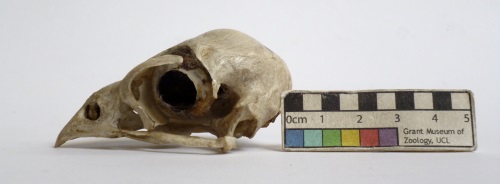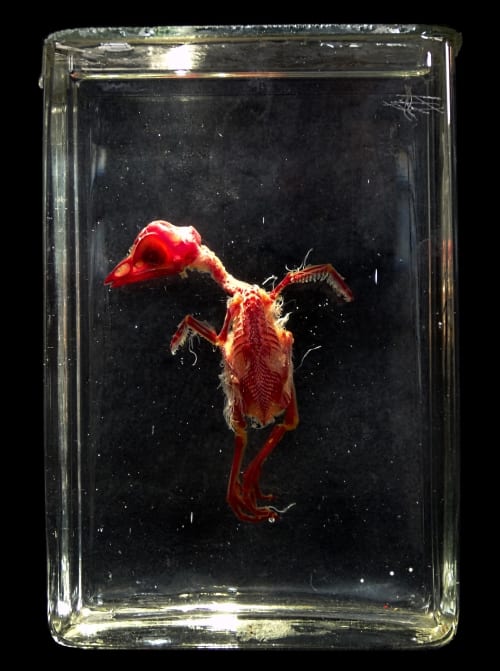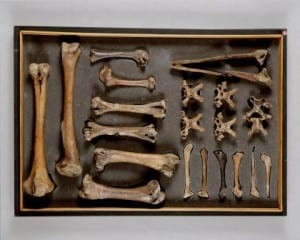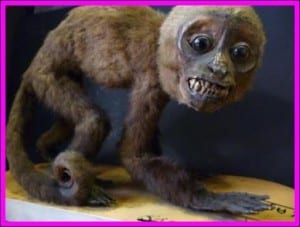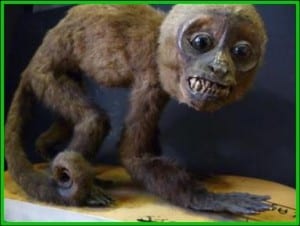 Sometimes a specimen can tell you a little. Sometimes it can tell you a lot. There has been much written on this blog about the perils and pitfalls of museum documentation. Sometimes there is no information with a specimen – no accession record, no acquisition information, no species name and (occasionally) no specimen. Objects get lost and misplaced. Historical records are incomplete or indecipherable. Specimen labels become separated from their object.
Sometimes a specimen can tell you a little. Sometimes it can tell you a lot. There has been much written on this blog about the perils and pitfalls of museum documentation. Sometimes there is no information with a specimen – no accession record, no acquisition information, no species name and (occasionally) no specimen. Objects get lost and misplaced. Historical records are incomplete or indecipherable. Specimen labels become separated from their object.
Alternatively, some specimens may have (dare I say it) too much information which may include multiple numbers, several differing records, erroneous taxonomic information or questionable identifications.
Caring for a collection entails many things but first and foremost is to identify the collection itself – through all possible means including the consolidation of any (and all) associated information. When luck prevails, one may find a scrap (literally) of information which ties it all together – a word or two which allows a specimen to be given a name, a record, a life!
Recently while going through the bird drawers, I came across an unaccessioned skull and mandible together with its associated information (unclear object number, outdated taxonomic name) including a small piece of paper with two words: “El Turco”. This week’s Specimen of the Week is…
(more…)
Filed under Grant Museum of Zoology
Tags: Bird, Darwin, documentation, Exploration, Heinrich von Kittlitz, passerine, Skeleton, Skull, Specimen of the week, Strange Creatures, Tannis Davidson, tapaculo, turco, turko
No Comments »

 Close
Close




